
How to Overcome Design Inspiration Blocks?
Have you ever felt stuck? Feeling like no matter how hard you try, your work doesn’t look right or meet the brief?
Designers often experience creative blocks, which can be very frustrating and painful. And this can be due to many factors, such as lack of inspiration, fatigue, or stress.
When you're experiencing a block, it can be challenging to develop new ideas and do your best work. It’s stressful when your brain doesn't seem to focus when you have a demanding client or a deadline looming over you.
Like most creative people, you may procrastinate or feel burned out when you experience blocks to your inspiration. However, this doesn't have to be a constant and significant problem.
There are quick, easy, and practical ways to overcome your inspirational blocks and come back to work bursting with ideas.
Here are tried and true techniques you should do when you want to overcome design inspiration blocks.
15 effective ways to overcome design inspiration blocks
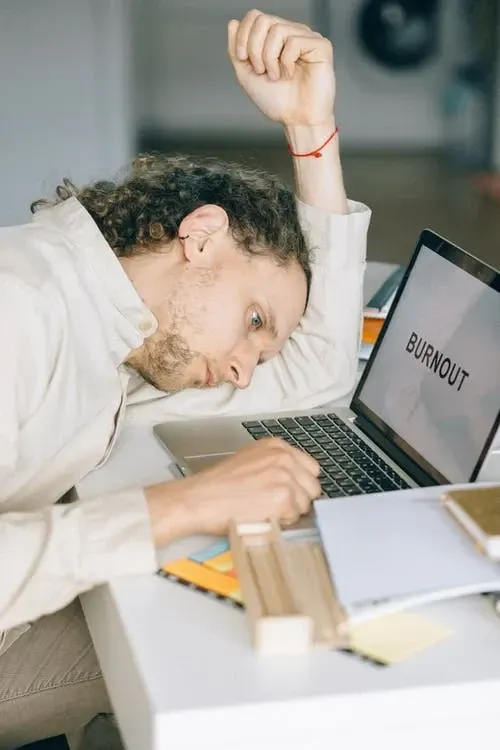
Image from Natalia Vaitkevich
There are several techniques you can try from the following suggestions. Play around with one that appeals to you or mix them up. Whatever you choose to do, you'll feel relieved and raring to create your best design work.
1. Go for a walk

Image from Sebastian Voortman
When you're experiencing creative blocks, sometimes all you need is to get out of your current environment and take a break. Go for a walk outside and take in some fresh air. Pay attention to your surroundings and let your mind wander as you walk.
Changing your environment can help clear your head and give you some time to think about your project differently. Walking can also help improve your mood and increase your energy level, both of which can be helpful when you're trying to overcome a creative block.
2. Talk to other people

Image from Jopwell
Talking to other people can give you some much-needed perspective when you're feeling blocked. Talk to friends, family, and coworkers. Even give your boss or supervisor a heads-up that you’re stuck in a rut.
When you interact with other people, it can help you develop new ideas. It also allows you to see your project differently because you'll get a new perspective.
3. Organize your work with Eagle
Never feel cluttered again. Eagle
There’s a common stereotype that designers and other creatives are naturally messy as a result of their creative brains.
But the truth is that many designers, artists, and writers thrive when they have an organized workspace. And this includes your digital as well as physical work environment.
If you find that having a messy organizational system is stifling you, the best way to solve this problem is to use Eagle’s solution and become more productive.
Spend time setting up organized storage and file management system for your design collection. And it will pay off by saving you hours of work.
Use Eagle to create folders and subfolders to store your work, making it easy to find and access when you need it. Tag and color-code your files and folders to make it easy to browse them whenever you need to.
You'll be delighted at how much more inspired you can get when you aren't fighting with your digital workspace.
4. Tidy up your physical space

Image from Sarah Brown
We just looked at how organizing your digital files and work can help you gain clarity of mind. The same goes for your physical space. If you're working in a cluttered and messy environment, it can be challenging to focus and be creative.
Take the time to tidy up your workspace. Get rid of any clutter that's been bugging you. Put things away in their proper place to easily find them when you need them.
Doing so can give you a sense of control. Once you have a more organized workspace, you may find it easier to focus on your work and come up with new ideas.
5. Take a break from technology.

Image from Andrea Piacquadio
If you've been huddled over your computer or phone for hours, you're likely to feel mentally drained, even if you spent time watching entertaining content.
It's essential to take breaks from technology and give yourself some time to relax. Go for a walk, read a book, or take a relaxing bath. Doing so will let you clear your head and return to your work feeling refreshed.
6. Set limits for how much you do
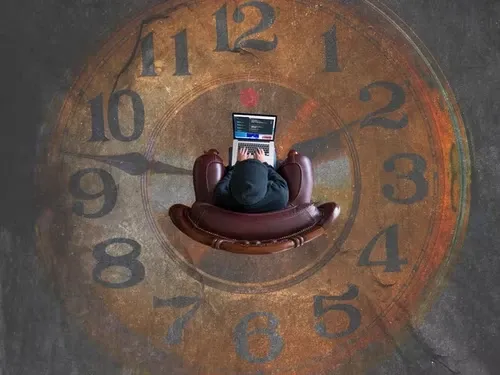
Image from Kevin Ku
When you're feeling creatively blocked, it can be tempting to try to do everything at once. But this is often counterproductive. Trying to take on too much can make it harder to be creative and productive.
Instead, try setting some limits for yourself. Set a time limit for your work sessions and stick to it. Take a break once you've reached your time limit, even if you don't feel like you're done.
You may find that taking breaks helps you be more productive when you return to your work.
7. Get enough sleep

Image from Kate Stone Matheson
It's essential to give your mind and body the right amount of sleep when trying to overcome a creative block. When you're well-rested, you're more likely to have the energy and focus to be productive.
Getting enough sleep can also help improve your mood, which can be helpful when you're feeling stuck.
And take naps, too. Thomas Edison deliberately used naps to find inspiration for his next invention. Allowing your brain to rest and work on a problem in the background is the best way to leverage your body’s supercomputer.
8. Eat healthy foods

Image from Jez Timms
Did you know that certain foods impact how well your brain functions and, by extension, impact your creativity?
We're used to having sugary foods to create a burst of energy in the present moment, not realizing that we drain ourselves in the long run as we go through sugar crashes.
The simplest and easiest way to support your brain and body is to eat food with healthy fats - like nuts, cheeses, and more. And of course, drink plenty of water. A happy and well-nourished brain generates powerful new ideas with ease.
9. Upskill yourself

Image from Wes Hicks
One of the reasons you feel uninspired is because you reach a level of saturation after months and years of doing the same thing. Even your most challenging projects can seem easy and even dull.
When you get bored, uninspired, and even resentful of your career, it's a sign that you need to level up. This could mean taking on a more managerial role instead of doing design work yourself. Or simply working in a new field. For example, if you're currently creating designs for the B2C industry, think about venturing into B2B applications.
You might consider doing an advanced course in graphic design, coding or expanding your skillset to become a content writer.
No matter how you choose to grow, the important thing is to create new learning challenges. As you stumble on your new learning path, you'll get inspired and excited to try new things.
10. Consume new content.

Image from Guzel Maksutova
A lack of inspiration is a symptom of not having enough stimulating content in your day-to-day life. One of the best ways to change this is to consume new content.
Read or learn about something you've never explored in your life. Consume books, articles, videos, and magazines about subjects as varied as art, space, gardening, or culture. Really go out there when it comes to checking out different topics and information.
You'll open your mind to new concepts, perspectives, and worlds that can help break you out of your current design rut.
11. Try freewriting.

Image from Hannah Olinger
One of the best writing techniques to overcome creative blocks is freewriting. It's a practice that has been around for decades but isn't wildly popular outside of the creative writing sphere.
Essentially, freewriting is when you write without stopping. The idea is to keep your pencil or pen moving across the paper (or keyboard) and write down whatever comes to mind.
You don't need to edit or correct yourself, just let everything flow as you write, no matter how absurd or even provocative your thoughts are. You can set your timer to run for 10-20 minutes, and as you keep writing, you'll find that your thoughts get more transparent and insightful.
What happens is that when you write without censoring yourself, you force your brain to expel all surface-level thoughts. And your brain is then cornered into bringing up real gold in terms of ideas for your next project.
If you'd like to learn more about freewriting, check out these books. They're vital resources for anyone who works in the creative field and can help anyone whether you're a designer who needs a creative boost, a scientist who wants to flesh out a concept, or an entrepreneur looking for new business ideas.
- Accidental Genius by Mark Levy
- Writing Down the Bones by Natalie Goldman
- The Artist's Way by Julia Cameron
12. Use a mind map
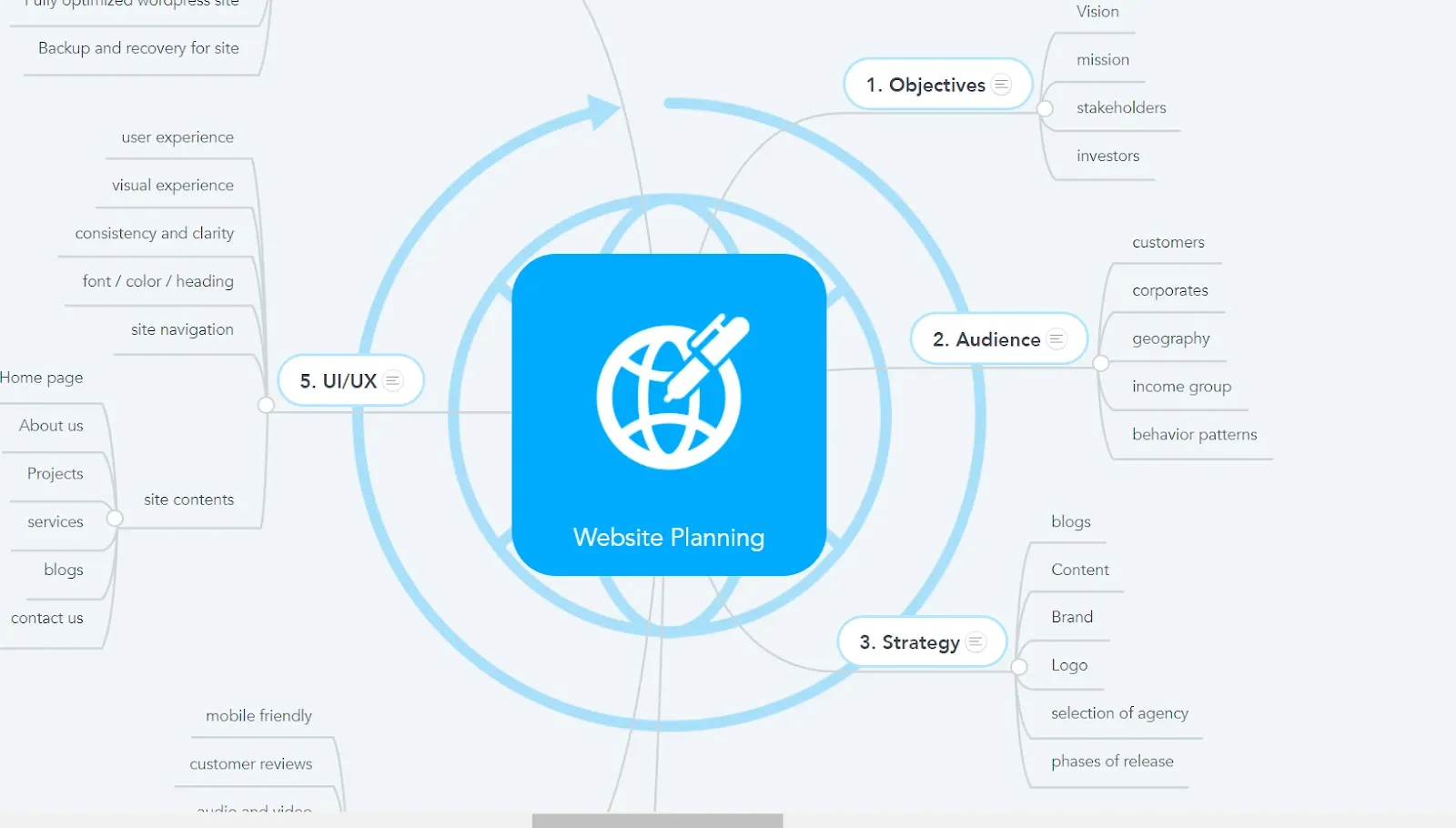
Image from Use MindMeister to create mindmaps
A mind map is a pictorial and graphical way of representing ideas or tasks. It's a visual brainstorming tool that can help you organize your thoughts and see new connections between ideas.
To begin a mind map, you begin with a central idea in the middle of a blank page and then draw branches (lines) out from that idea. Write down related ideas on those branches. You can also add additional content by adding more branches off the first-level components.
Mind maps are flexible and can be used for brainstorming a new project to organizing your thoughts for a presentation. You even get free mind mapping tools online like MindMeister and work on a digital mind map.
Try this tool if you feel like you're dealing with too much information. It can give you clarity and impact your work by making it more user-friendly.
13. Doodle
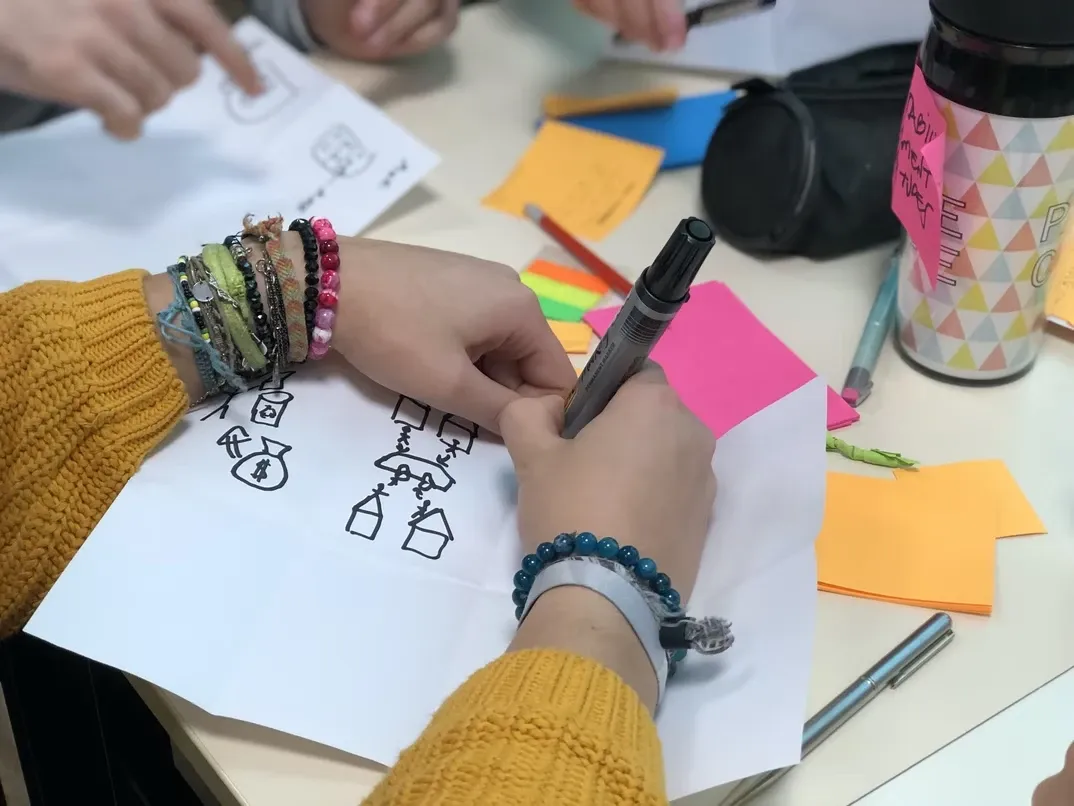
Image from Amélie Mourichon
Remember when you used to doodle in your notebook as a kid during class. Or maybe it's something you do even now when you attend meetings or daydream.
Doodling is an underrated way to get inspired. It's a simple yet effective brainstorming technique that can jumpstart your creativity and help you come up with new ideas.
All you need is a writing tool and paper (or digital drawing tablet) to get started. And there are no rules in creative doodling. You can draw abstract shapes, designs, patterns, or anything else.
The next time you feel a creative or inspirational block, grab a pen and paper and draw your problem out. Don't try to make it perfect or pretty. Use arrows, symbols, and minimal words to showcase a design process or workflow.
Step back from time to time and you'll notice patterns in your drawings. Chances are, you'll find gaps, or you'll express a solution in pictorial form and then verbalize it. In this way, doodling helps you step out of the current mental mode and engage more of your mind.
14. Force yourself to do nothing

Image from Ron Lach
This tip comes from the course 'Outsmart Yourself' by Professor Vishton featured in The Great Courses.
It's an unusual idea that's surprisingly effective.
We're so used to doing something all the time that we don't recognize that chronic busyness leads to a creative slump. Constantly checking Facebook, Twitter, or the latest Instagram hashtags, following the news, or fidgeting with minor problems in your design doesn't allow your brain to get the break it needs.
Commit to spending 30 minutes doing nothing every day. Just sit and observe your environment and your mental chatter. After some time, you'll feel so restless and ready to go, that you'll jump back into work with enthusiasm.
15. Discard your current work
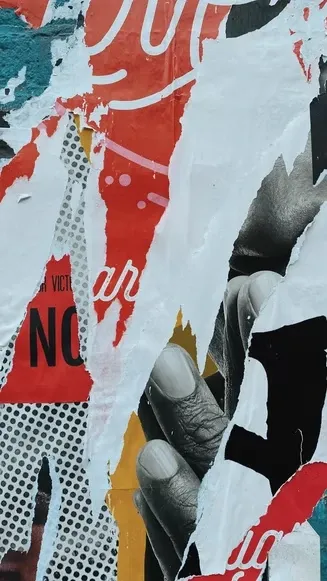
Image from Jazmin Quaynor
This is the most challenging tip of all but one that can transform you from a good to a brilliant designer - tear up or discard your current design.
If you've been working on a project and can't seem to get it right, your best solution could be to start from scratch. This means forgetting everything you know about the project and approaching it with a completely blank slate.
Of course, this isn't easy and goes against everything we've been taught about hard work and finishing what we start. But if your current design isn't working, it's time to let it go.
You may find that by starting anew, you get rid of previous mistakes or expectations that were holding you back.
Never experience an inspirational block again.
You've just gone through the best tips to open your mind and get those creative ideas flowing.
The best way to overcome design inspiration blocks is to have a toolkit of techniques that you can rely on when you need them. So don't just bookmark this page, but these tips into practice.
And if you ever find yourself stuck, come back and try another one. With time, you'll develop your own method to getting unstuck and be able to work through any design challenge.



